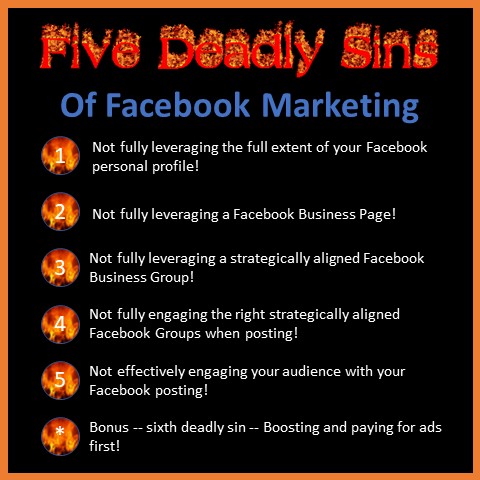Three years ago, my wife and I opened up an equestrian business in Bulverde, Texas, where we board horses and train riders. We quickly discovered the importance of Facebook Marketing in this very social business.
Like many small business owners, we struggled to engage our audience on social media. However, as a business consultant, I’ve worked to fully understand the ins-and-outs of the maze of digital advertising — especially advertising without spending money!
I put together a short, helpful white paper called, The Five Deadly Sins of Facebook Marketing.
If you are interested in the FREE white paper, request it via this link: https://mailchi.mp/549ddf9c3390/fds.

